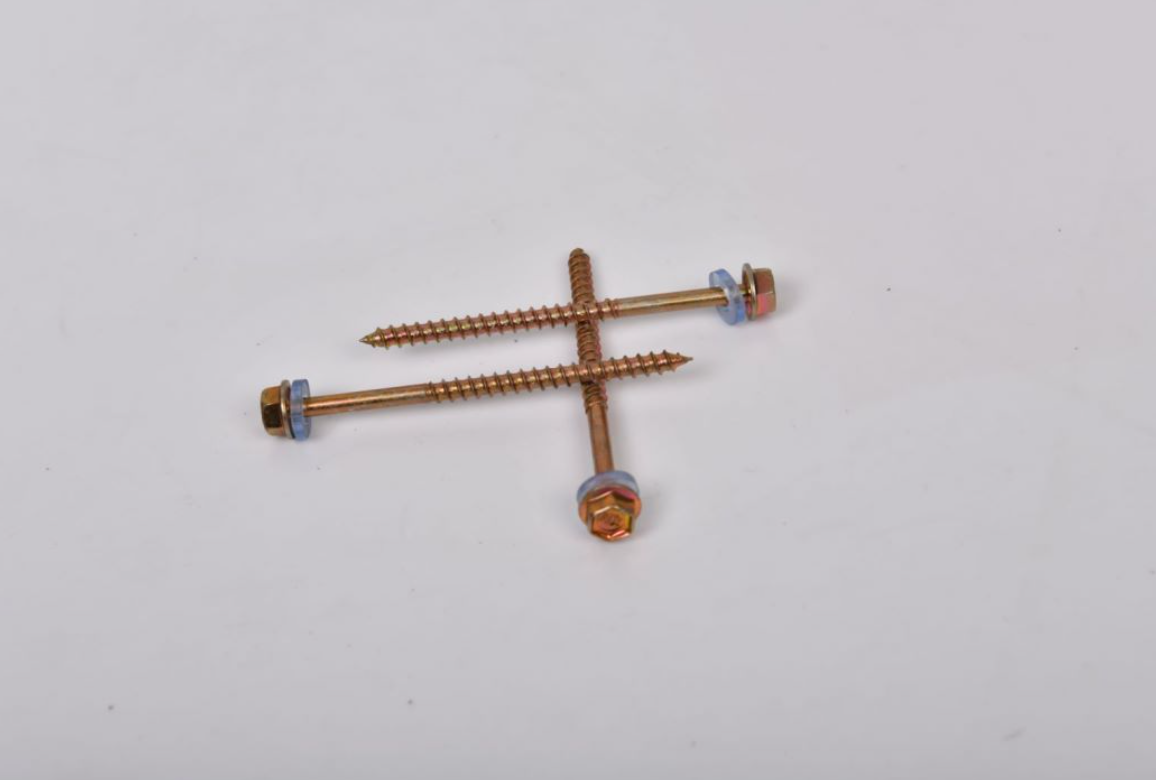drywall vs wood screw products
Drywall Screws vs. Wood Screws Choosing the Right Fastener for Your Project
When it comes to construction and remodeling projects, the choice of fasteners can significantly affect the durability and quality of the work. Among the various types of screws available, drywall screws and wood screws are two of the most common. Understanding their differences, applications, and characteristics can help you select the appropriate fastener for your specific needs.
Overview of Drywall Screws
Drywall screws are specifically designed for attaching drywall sheets to wooden or metal studs. They are usually made from hardened steel and feature a coarse thread that provides excellent grip. The head of a drywall screw is typically a bugle head, which allows it to sit flush with the surface of the drywall, minimizing the need for additional finishing work. The distinctive feature of drywall screws is their fine pitch and sharp point, which facilitates easy penetration into the drywall material.
These screws are relatively inexpensive and are designed to be used once. They are available in various lengths, allowing for versatility depending on the thickness of the drywall being used. For drywall installations, the recommended length is usually 1-1/4 inches to 1-5/8 inches, depending on the thickness of the material they're fastening to.
Overview of Wood Screws
drywall vs wood screw products

Wood screws, on the other hand, are designed for fastening wood components together. These screws come with a wider threading pattern and a sharp point that helps in drilling into the wood. They usually feature a variety of head styles, including flat, round, or square, which allows for a secure fit into the surface of the wood. Wood screws can be made from various materials, including stainless steel, brass, and coated steel, making them resilient against corrosion and rust.
One of the key advantages of wood screws is their versatility; they can be used for multiple applications, such as furniture assembly, cabinetry, and decking. Unlike drywall screws, wood screws are often designed for multiple uses, allowing them to be removed and reused without damage to the wood.
Key Differences
The primary differences between drywall screws and wood screws lie in their threading, design, and intended application. While drywall screws have finer threads and a design tailored to bond drywall with heavier materials, wood screws possess a coarser thread and are built to provide a strong hold in wood. It’s important to choose the right screw for the material being worked on. Using drywall screws in wood may lead to stripping, while wood screws in drywall could result in inadequate support.
Conclusion
In conclusion, choosing between drywall screws and wood screws ultimately depends on the materials you are working with and the requirements of your project. If you're hanging drywall, drywall screws are your best bet for achieving a secure hold. Conversely, for wooden structures and furniture, wood screws offer the strength and versatility needed for a lasting bond. Understanding the specific characteristics and appropriate applications of these screws will ensure that your construction or renovation project remains robust and effective in the long run.
-
Top Choices for Plasterboard FixingNewsDec.26,2024
-
The Versatility of Specialty WashersNewsDec.26,2024
-
Secure Your ProjectsNewsDec.26,2024
-
Essential Screws for Chipboard Flooring ProjectsNewsDec.26,2024
-
Choosing the Right Drywall ScrewsNewsDec.26,2024
-
Black Phosphate Screws for Superior PerformanceNewsDec.26,2024
-
The Versatile Choice of Nylon Flat Washers for Your NeedsNewsDec.18,2024










